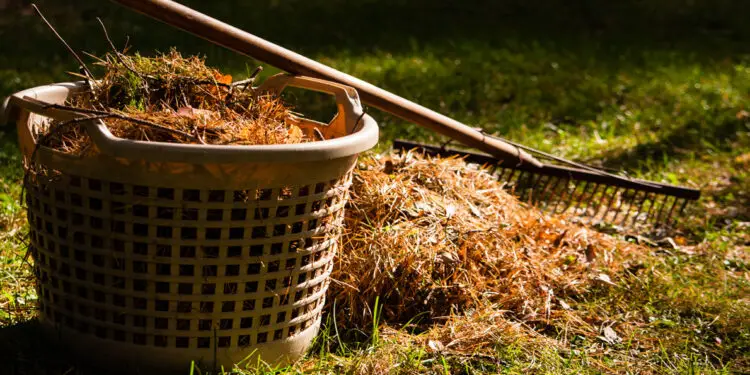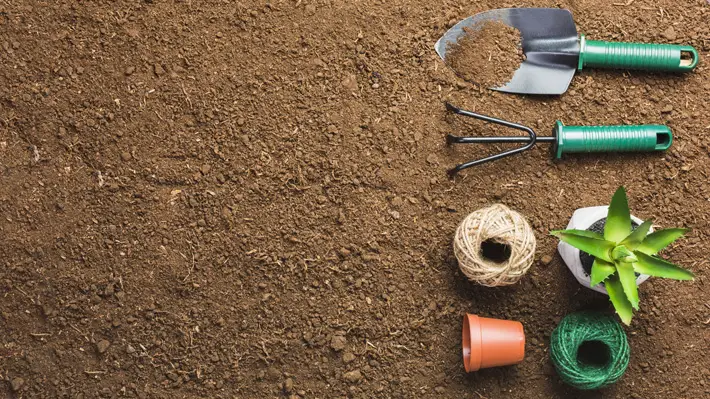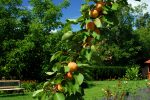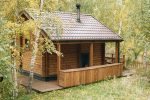Why is Summer the Best Time for Clearing Waste from your Garden Areas?

Gardening is a year-round passion, with almost every month offering a new chance to look after your yard and encourage its development, regardless if you can only enjoy the fruits of your labour a few times a year.
This implies August, one of the hottest months in America, is not the time to relax. Although some gardeners are still reaping, everyone else is awaiting the arrival of autumn, and still, others are enjoying the abundance both vegetable, and floral gardens can provide. Maintaining your garden now will ensure its healthiness in the spring and lessen the amount of upkeep required in the autumn.
Summers in the Southern Plains can be scorching. While gardeners in cooler regions should fully relax their gardens for the wintertime, those who garden in warmer places know that our gardens, too, deserve a summer holiday. Summer gardening vacations are usually shorter and less harsh than winter gardening vacations, but there are a few things we can do to get our gardens ready for the late summer heat. Hiring the rubbish removal company in London will make the job easier for you in clearing the garden waste.
What makes summer suitable for a garden clean up?
1. It prevents the killing of hibernated insects.
There are several valuable pollinating insects such as parasitic wasps, native bees, and many more that hibernate deep into the plant’s hollow stems during. Trimming or cleaning up the garden before hot temperatures might often create disturbances or sometimes kill them. Thus, it is much preferable to begin the clearance in hot summers.
2. Better mulching
Mulching is the process of applying a protective layer on the soil to preserve its moisture and fertility and prevent any soil erosion. Mulching is better done in hot summers when the soil is dry. Thus, cleaning up the garden in summer and adding mulch can make it ready for new plants.
3. No messed-up cleaning.
In summers, the soil usually remains dry, enabling better cleaning. You can easily dispose of the green waste. However, there are chances of the soil getting moist in other seasons, which can badly mess up your garden clean-ups. Instead of getting rid of the waste, it gets mixed in the moist soil.
4. No harm to cocoons or insect eggs
Warm weather conditions are the best time for the insects to thrive. However, since they spend most of the seasons in their cocoons, garden cleanup in other seasons might disturb the cocoons or the eggs. Thus, the best time for a better clean up is summer, when you do not have to worry about destroying the cocoons or the eggs.
5. Makes your garden beautiful
Many plants and flowers bloom in the summer season, so it is better to clean off the waste so that the green waste does not further destroy the appearance of your beautiful garden.
How to prepare the garden for the summer cleanup?
1. Clean Up Your Backyard
During the last few weeks of the summer season, browning plants, dropping leaves, and withering flowers abound in the garden. All of these garden wastes might detract from the appearance of your garden. Therefore now is the time to clean it up.
Clearing up your yard later in the fall season aids in the preparation of your outdoor area for the winter months while also encouraging new growth. Existing plants may produce a few additional blooms before the winter season begins. Do not leave the ground barren after cleaning your yard. Weed growth and infestations may become more likely as a result of this. Protect the soil and plants from the weather with mulch and cover-ups.
2. Make sure the beds and borders are clean.
Weeds in your garden beds won’t be returning with such vigour in the springtime if you get rid of them in the autumn. Colleen McQuaid resides in the United States and works as an author.
Once the autumn leaves have finally fallen, the first item of work would be to clear everything out from the planting beds. Start by putting them on the. A narrow shrub brush with firm metal tines is the perfect tool.
3. Dead plants must be removed.
Pick out or prune back any of the annuals you planted when they have dried out or perished. These appear from time to time, but not usually. You’ll know whether they inspected your winter if they’re showing signs of life—for instance, green stems or leaves. Leave them alone until you know they’re dead if you’re unsure.
4. Select the Appropriate Blade for the Job
Cleaning up the lawn and garden is a snap with the right tools. But leaving it to rubbish collection professionals like All Junk Removal will help you with smooth garden clearance.
5. Don’t give in to the urge to surrender.
Every year around this season, We hope to produce more cool-weather veggies. However, the fact is that central Texas is still too hot for them. Make sure your gardening fever doesn’t lead you to plan your fall garden too early. Even if the high temperatures do not destroy your cool-weather crops, they will be stressed, resulting in low growth, pests, and disease. Wait till the summer has officially finished before succumbing to the urge.
6. Watering Schedule
Water deficit can be particularly damaging at vital development times. A sufficient moisture supply must be maintained during seed germination and seedling emergence from the soil. Immediately water your grafts. Water stress affects a lot of shallow-rooted plants, as well as freshly planted trees and shrubs. Water stress manifests itself as wilting and browning leaf tips and edges.
Feel the soil in the soil zone where most roots are situated to see if irrigation is necessary. Table 1 shows how to use your hands to determine the soil’s moisture level. It will get easier to time irrigations as you acquire expertise in touching the soil and watching plant symptoms.
7. Houseplants Should Be Repotted
In March, indoor plants may be given a new lease on life by transplanting them into a bigger container with fresh soil. It is particularly critical if your plants are root bound (roots will emerge from the drainage holes in the pot). Also, relax the roots if they are growing in a tight ball to stimulate new development.
8. In March Gardens, annual plant flowers.
Gardeners in cold areas can start planting warm-season annuals like angelonia, wax begonia, and zinnia by the end of March. Cool-season favourites like pansy, osteospermum and alyssum can be planted now in northern gardens.
Conclusion
Late summer is a great time to look back on your garden and see what worked and what didn’t. Wintertime, it’s a time for observation, contemplation, and preparation. The more hard work you put into your garden, the better it reaps.










